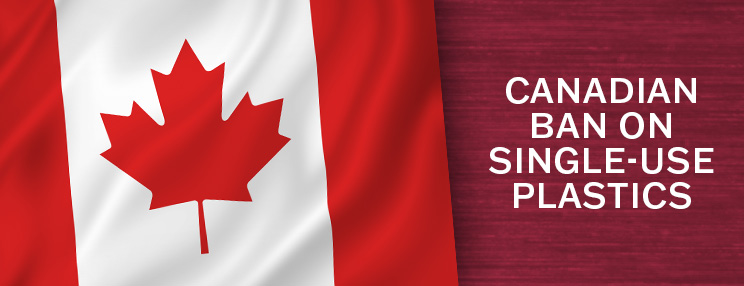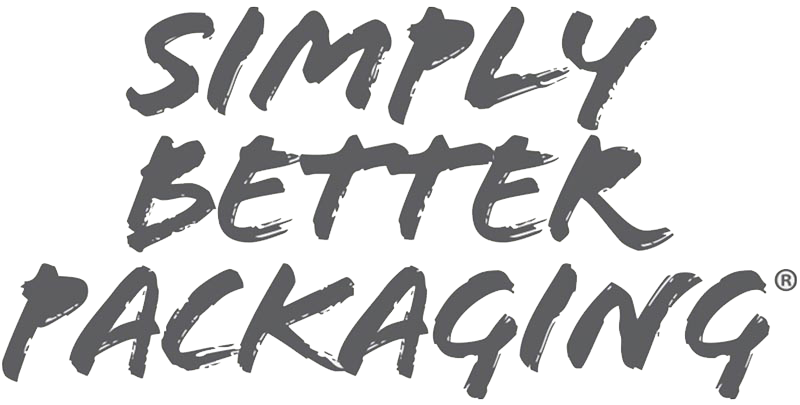Canada’s Ban on Single-Use Plastic

What are the effects of this ban?
Back in December of 2022, Canada’s ban on single-use plastics began as part of their plan to achieve zero plastic waste by 2030, including the manufacture, import, sale, and export of many single-use items [1]. This ban restricts the production of many single-use plastics that fall under six categories: checkout bags, cutlery, food service ware made with hard-to-recycle plastic, ring carriers, stir sticks, and straws. These are often found in the environment, harmful to wildlife, and hard to recycle, and alternatives are readily available [1]. Canada is not the first country to enact these bans as the UK, France, India, and states like California, Maine, New York, Connecticut, and more have their bans on single-use plastic [2]. The manufacture and import of these items were banned back in December 2022, the sale of them will go into effect in December of 2023, and the export of these items will go into effect in 2025 [1]. As a result, many of these items are being made with other materials such as paper, wood, and aluminum to bring up a few examples. While on the surface, banning single-use plastics may be the answer, there are a lot of side effects as a result of using these materials.
The first problem with substituting these other materials for plastic would be the waste that results from the production of these materials. The government’s impact analysis showed that the use of these other materials would create 2.9 million tons of waste while banning single-use plastics will only remove 1.5 million tons [1]. That’s almost double the amount of waste to use substitutes versus plastic. Another issue with using alternative materials is the cost to produce them as they are more costly than plastic. The Canadian government predicts there to be an increase of $2 billion between 2023 and 2032, which amounts to $50 per person [1]. Though there is estimated to be $616 million in savings from ridding of single-use plastics, there is still a net cost of $1.4 billion [1]. Right now, paper seems to be the top substitute for plastic, but there are also some environmental dangers to using paper. To make paper, trees are cut down, and making paper packaging to make up for not using plastic could result in deforestation as it is estimated that 3 billion trees are logged to make paper products [3]. And just like with plastic, some paper can’t be recycled because it’s too low grade [3]. Paper is not infinitely recyclable, and after 5 or 6 uses, the fibers are too thin to be reused. Producing paper also requires more water than producing plastic [3]. Lastly, even though it is more biodegradable than plastic, it releases methane when it does, which is much worse for the environment than carbon dioxide [3].
Though there are environmental issues with single-use plastics, there are many more with using the alternatives. As more advanced recycling technologies are developed, many of these kinds of plastics will be able to be recycled, lessening the impact of them.
[1] GOLDSTEIN: Canada’s single use plastics ban means more garbage | Toronto Sun
[2] Single-use plastic, the countries that have banned it (worldexcellence.com)
[3] Environmentalists decry increasing use of single-use paper | CTV News
ABOUT PLACON
For 55 years, Placon has been a leading designer and manufacturer of custom and stock plastic packaging for the food, medical, and retail markets. Placon has manufacturing operations in Madison, WI; Elkhart, IN; Plymouth, MN; and West Springfield, MA, and currently ranked in Plastics News 2020 Thermoformers Ranking Top 20. Placon delivers packaging breakthroughs that inspire better engagement between people and products with industry leading innovation and award-winning packaging designs. For more information, visit www.placon.com.





